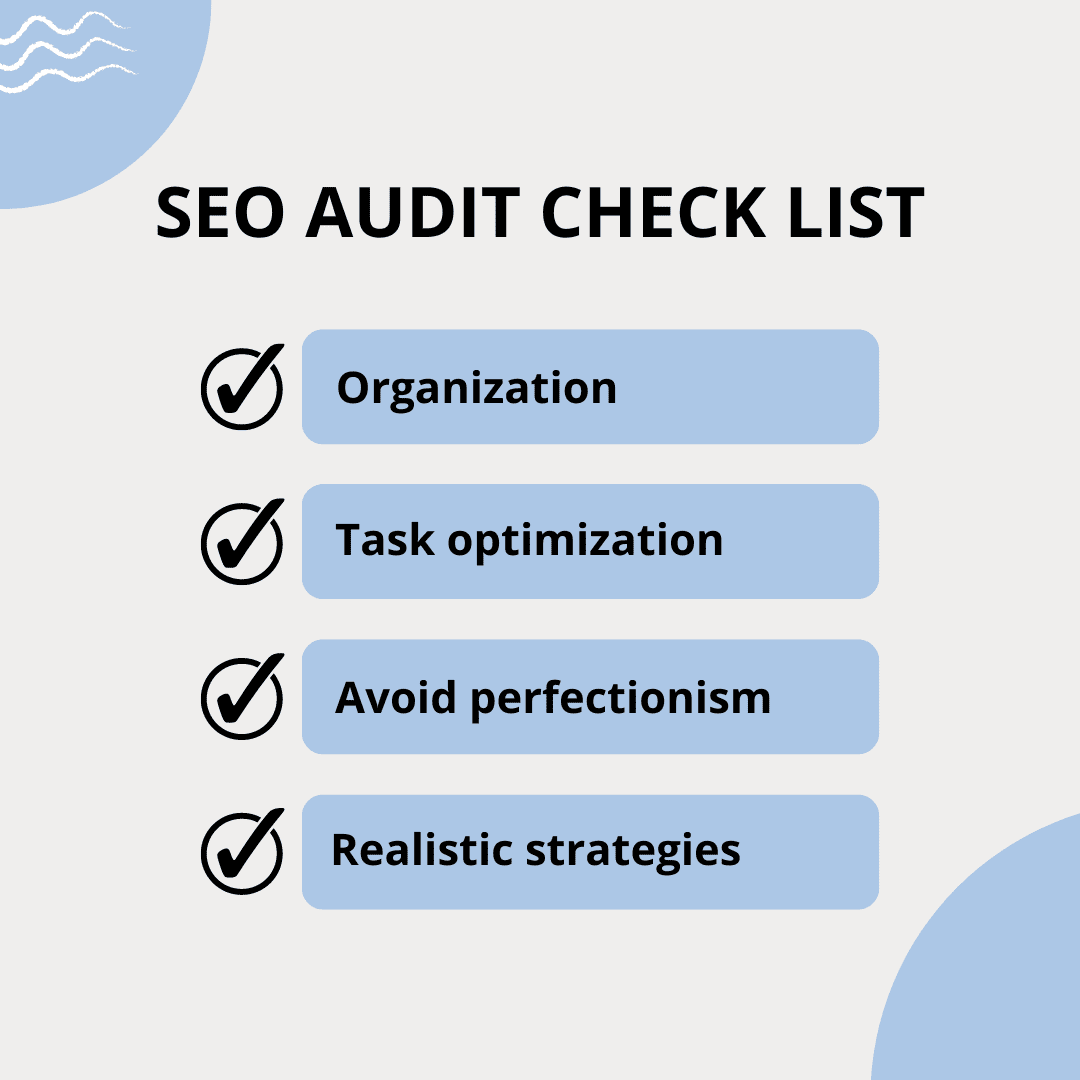Was Greenland once ice free?
Greenland is losing its ice—again. About 400,000 years ago, large parts of Greenland were ice-free.

Today, the crater of Mt. St. Helens Volcano is experiencing a rebirth — it’s the site of the world’s newest glacier. Not only is it the newest, it’s also one of the few that’s growing.
A full two-thirds of the world’s fresh water is locked up in glaciers. People in arid climates rely on glacial meltwater to drink and irrigate their crops. If glaciers were to completely disappear then those who depend on it would lose this vital water source and would have to move.

Half of the world’s glaciers are doomed to disappear, according to new research. But it says limiting global warming can help save the rest. Half of the world’s glaciers are doomed to disappear by the end of the century due to climate change, a new study has found.
Can we save the Greenland ice sheet?
A new study has found that no matter what we do, ice sheets and glaciers in Greenland will melt away. Greenland has passed the point of no return. Each year, over 280 billion tons of ice melt away. And even if we could somehow get the climate back to the way it was decades ago, nothing would change.
The Greenland ice sheet is losing an average of around 250 billion metric tons of ice per year. These losses are speeding up over time, studies have found—and there are two main processes causing it. he Greenland Ice Sheet contains about 2.9 million cubic kilometers (0.7 million cubic miles) of ice. The ice sheet extends about 1.7 million square kilometers (656,000 square miles), covering 80 percent of the world’s largest island, and is equivalent to about three times the size of Texas.
Zombie ice from the massive Greenland ice sheet will eventually raise global sea level by at least 10 inches (27 centimeters) on its own, according to a study released Monday. Zombie or doomed ice is ice that is still attached to thicker areas of ice, but is no longer getting fed by those larger glaciers.
If all the ice covering Antarctica , Greenland, and in mountain glaciers around the world were to melt, sea level would rise about 70 meters (230 feet). The ocean would cover all the coastal cities. And land area would shrink significantly.
The Greenland ice sheet occupies about 82% of the surface of Greenland, and if melted would cause sea levels to rise by 7.2 meters (24 feet). Estimated changes in the mass of Greenland’s ice sheet suggest it is melting at a rate of about 239 cubic kilometres (57 cubic miles) per year.
Read More: https://www.extranews.co.in/greenlands-rapidly-vanishing-glaciers/










